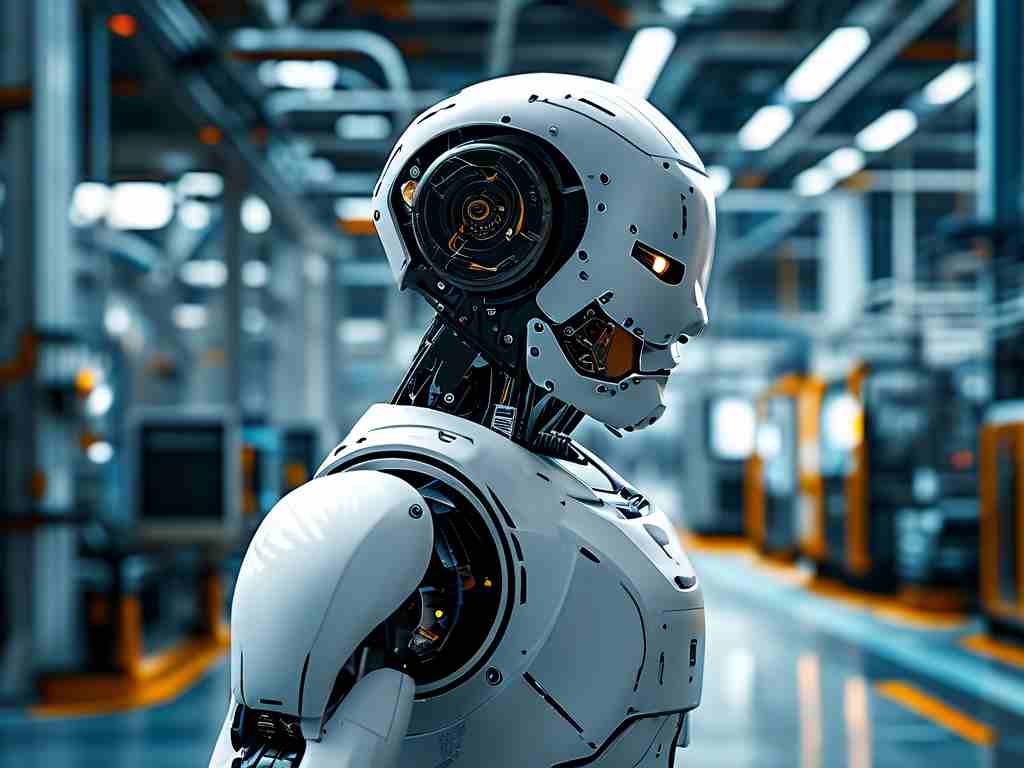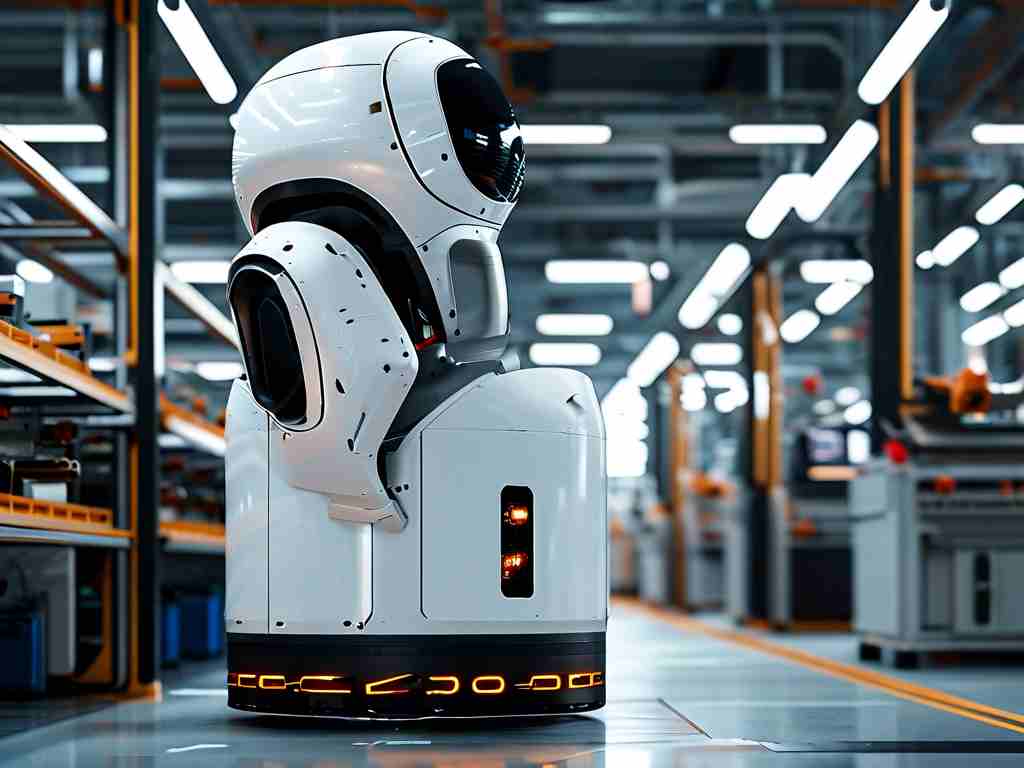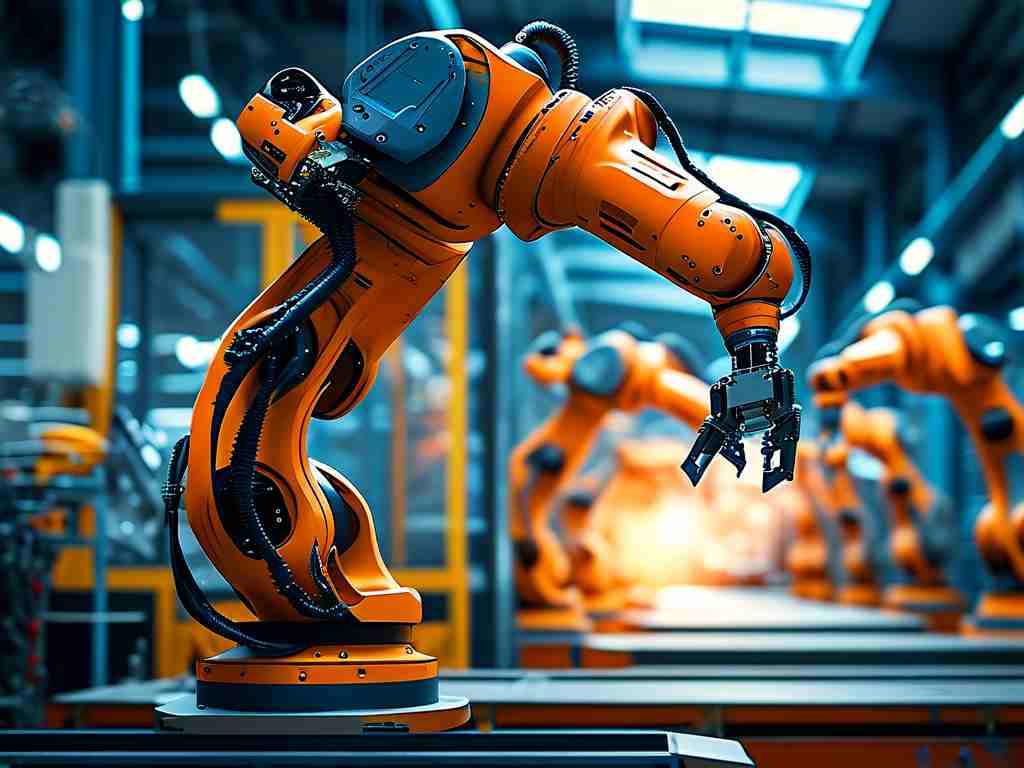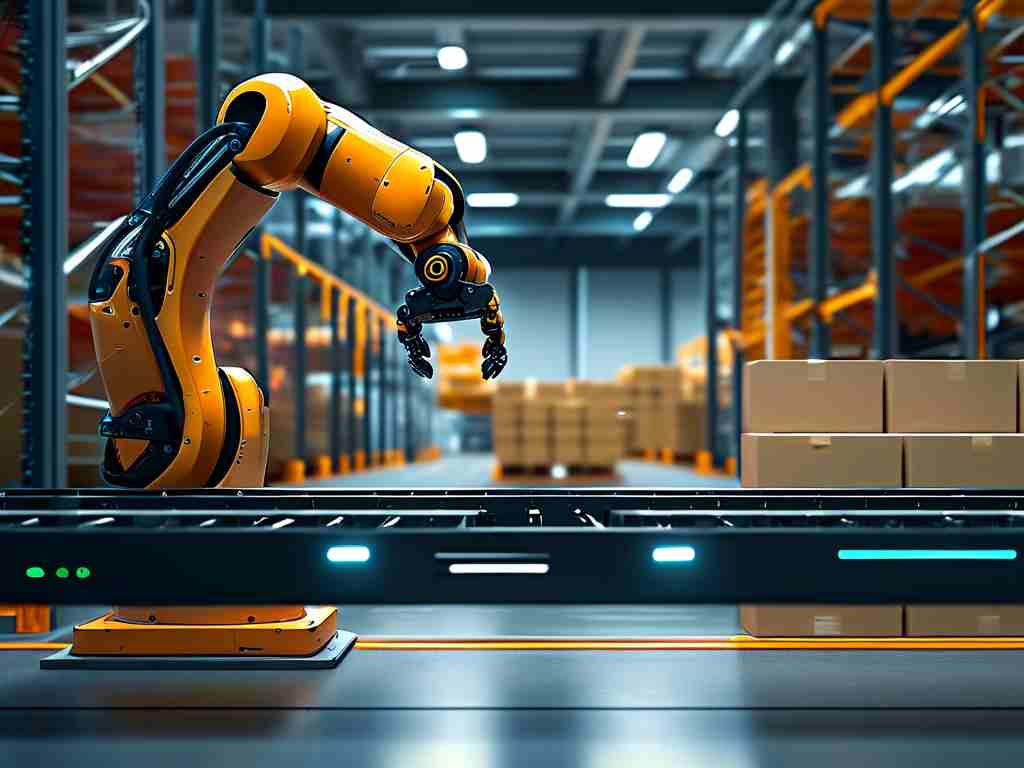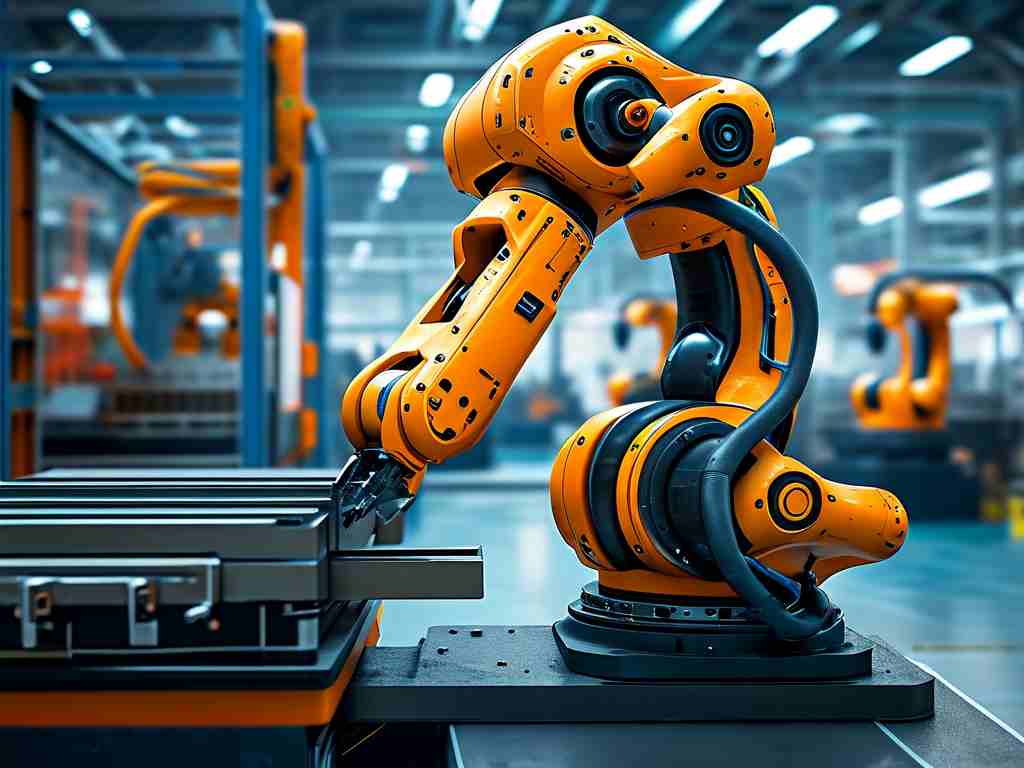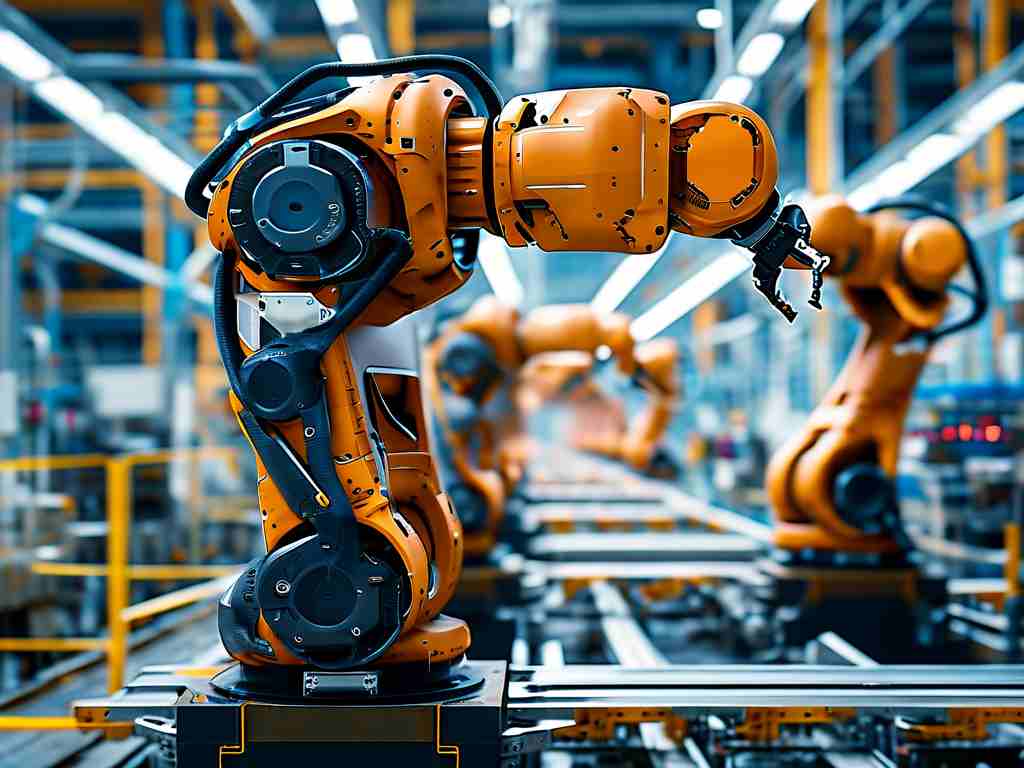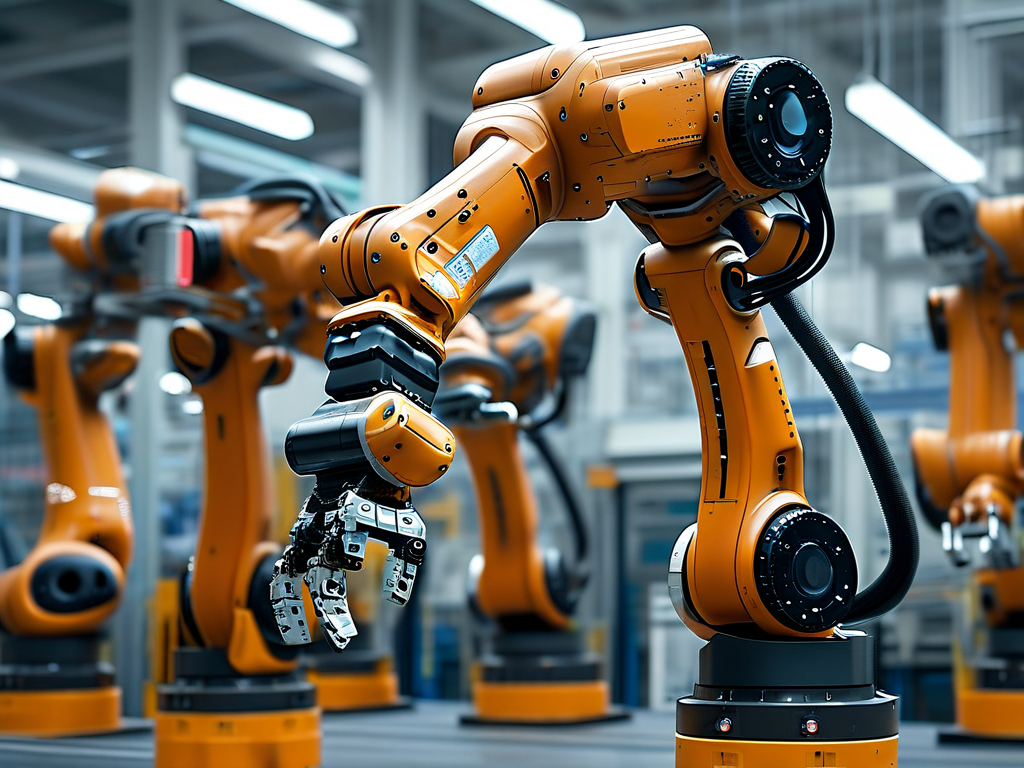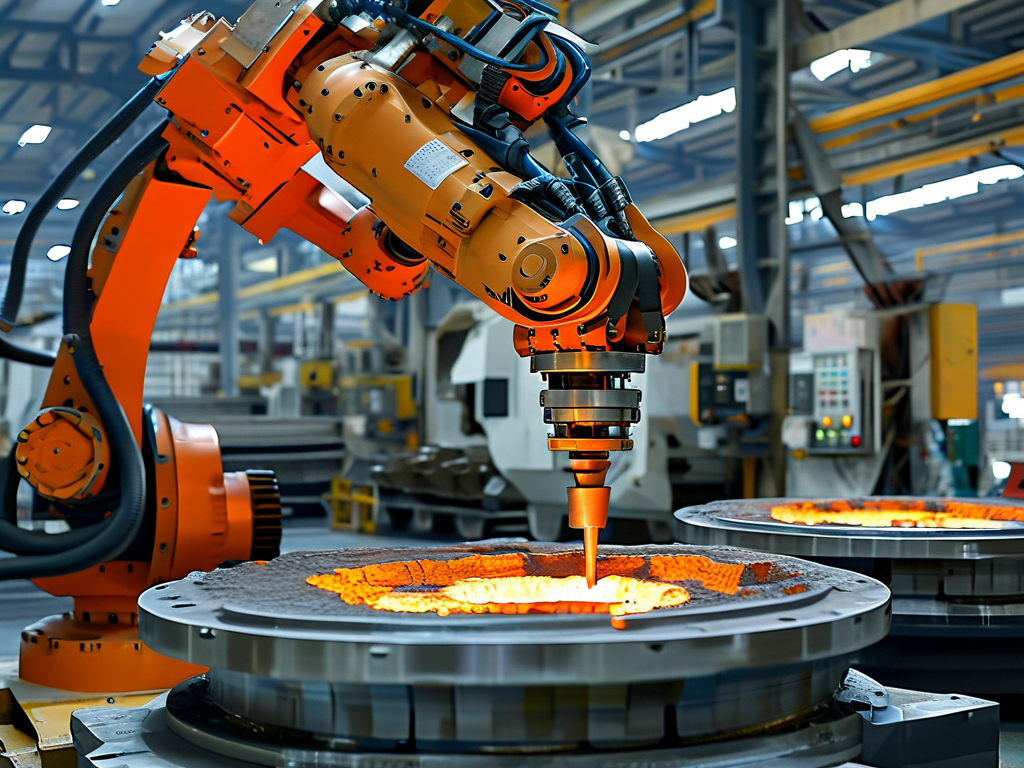Robotic spray painting technology has revolutionized manufacturing and industrial processes by automating one of the most labor-intensive and hazardous tasks in production lines. This technology combines precision engineering, advanced software algorithms, and high-performance hardware to deliver consistent, efficient, and eco-friendly coating solutions. From automotive manufacturing to aerospace and consumer goods, robotic spray painting systems are now indispensable in modern industries. This article explores the principles, benefits, and emerging trends of this transformative technology.

How Robotic Spray Painting Works
At its core, robotic spray painting involves programmable robotic arms equipped with specialized spray nozzles. These robots are integrated with sensors, vision systems, and motion control software to execute precise painting tasks. The process begins with 3D modeling of the target object, which is used to generate a digital path for the robot. Advanced algorithms ensure optimal spray distance, angle, and speed, minimizing overspray and material waste.
Key components include:
- Robotic Arms: Typically 6-axis articulating arms for maximum flexibility.
- Spray Guns: Electrostatic or airless nozzles for uniform coating.
- Vision Systems: Cameras and lasers to detect surface contours and defects.
- Control Software: AI-driven programs that adjust parameters in real time.
Advantages Over Manual Painting
- Precision: Robots achieve micron-level accuracy, critical for industries like aerospace.
- Efficiency: Reduced cycle times by 30–50% compared to human operators.
- Safety: Eliminates human exposure to toxic fumes and repetitive motion injuries.
- Consistency: Uniform coating thickness across large batches.
- Sustainability: Up to 20% reduction in paint waste through optimized application.
Applications Across Industries
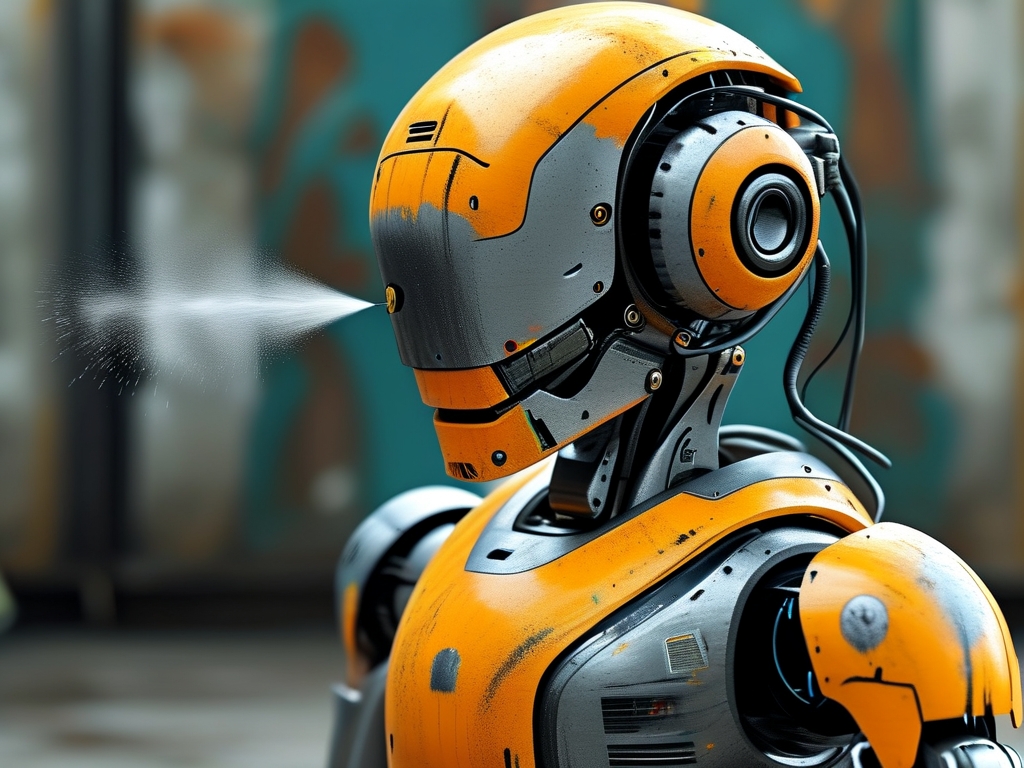
- Automotive: Used for priming, base coating, and clear coating car bodies. Companies like Tesla employ robotic painters to maintain high-quality finishes.
- Aerospace: Critical for coating aircraft components with heat-resistant and anti-corrosive materials.
- Furniture: Enables intricate designs on wooden or metal surfaces with minimal human intervention.
- Electronics: Applies protective coatings to circuit boards and smartphone casings.
Technological Innovations
Recent advancements include:
- Machine Learning Integration: Robots learn from past jobs to improve efficiency.
- Collaborative Robots (Cobots): Smaller, safer robots that work alongside humans.
- IoT Connectivity: Real-time monitoring of paint viscosity, humidity, and temperature.
- UV-Cured Coatings: Faster drying times enabled by robotic precision.
Challenges and Limitations
Despite its benefits, the technology faces hurdles:
- High Initial Costs: Industrial robots require significant capital investment.
- Complex Programming: Skilled technicians are needed to configure and maintain systems.
- Material Compatibility: Certain coatings may require specialized nozzles or adjustments.
Future Outlook
The global robotic spray painting market is projected to grow at a CAGR of 6.8% through 2030, driven by demand for automation in emerging economies. Innovations like AI-powered defect detection and swarm robotics (multiple robots coordinating on large surfaces) will further enhance capabilities. Additionally, the rise of sustainable water-based paints aligns perfectly with robotic systems’ waste-reduction strengths.
Robotic spray painting technology represents a fusion of engineering excellence and environmental stewardship. By addressing traditional pain points in coating processes—such as variability, safety risks, and resource waste—it sets a new standard for industrial productivity. As AI and material science continue to evolve, these systems will become even more adaptive, making them a cornerstone of smart manufacturing ecosystems worldwide.


